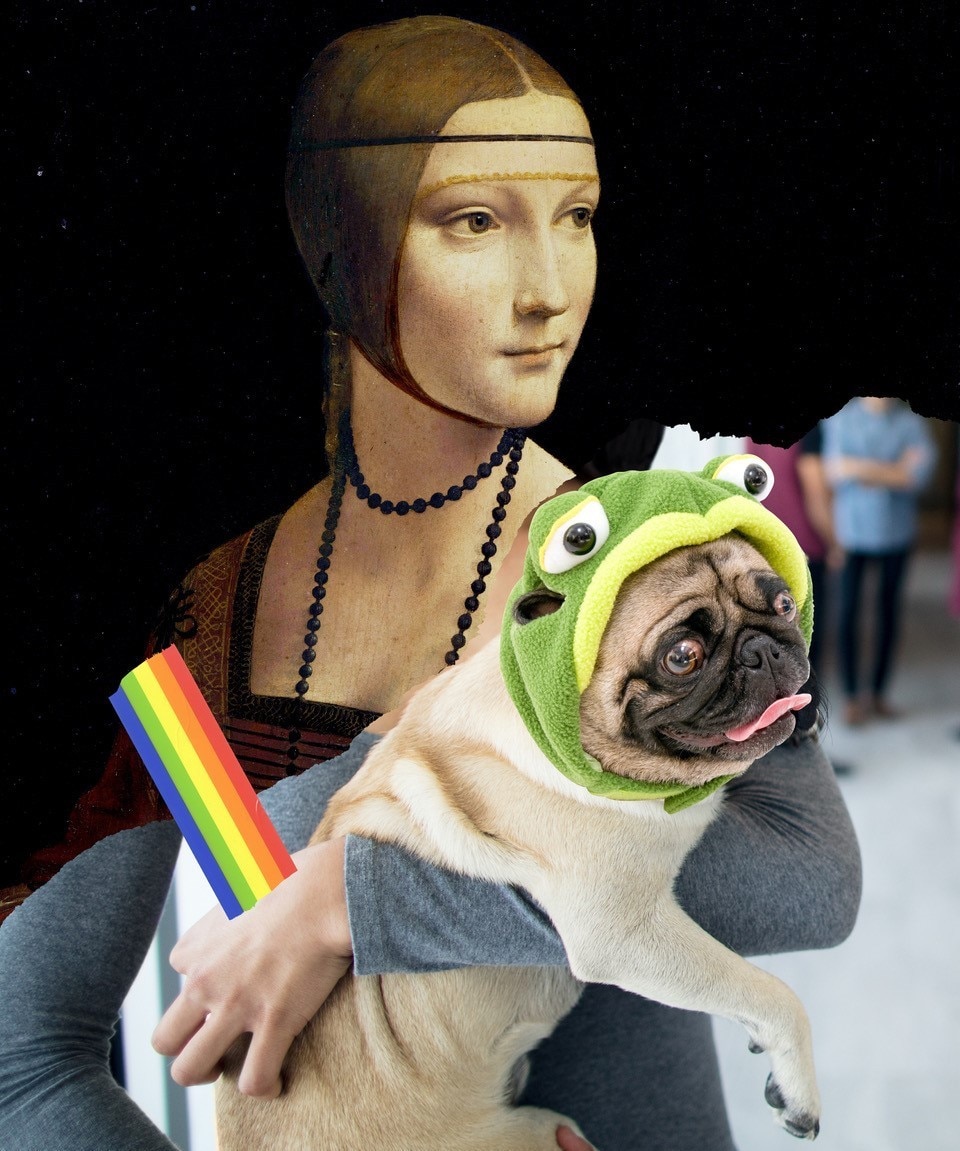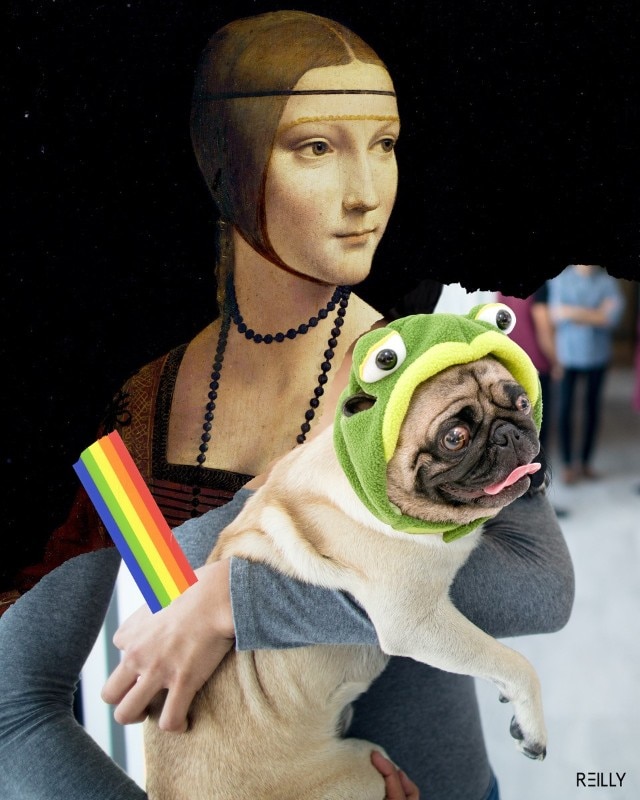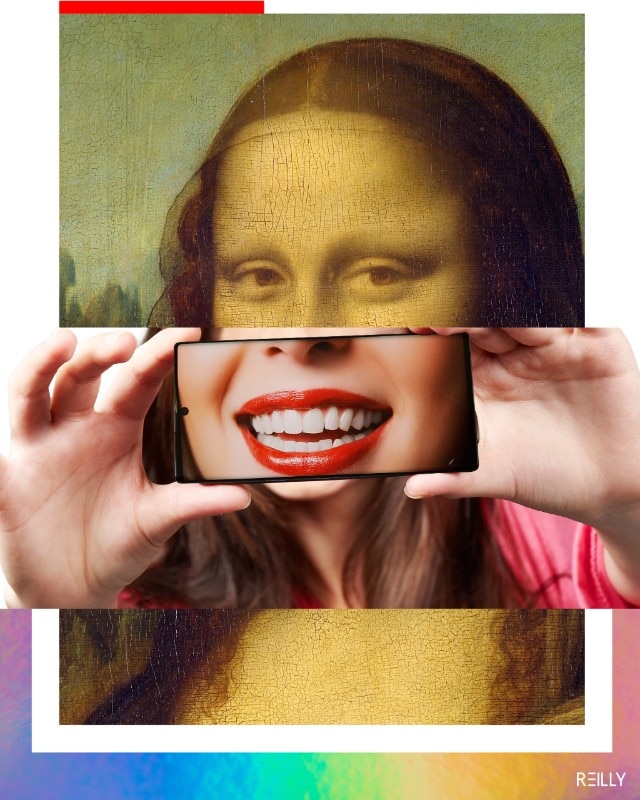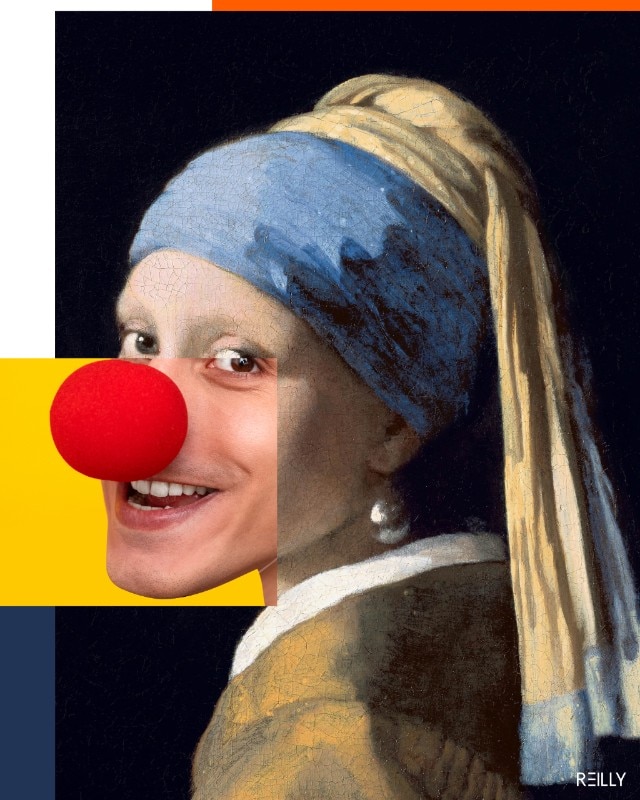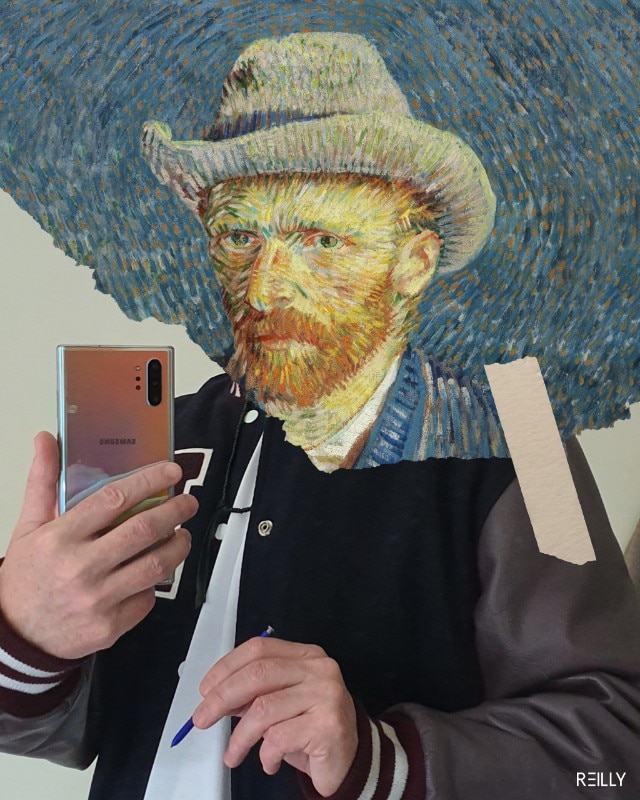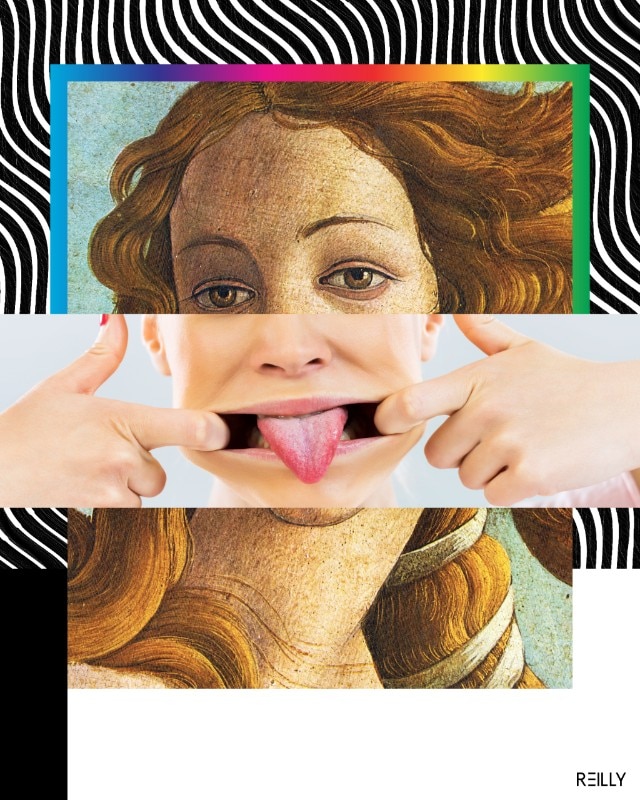With 146,000 followers @hey_reilly is quite a sensation in the Instagram circus of visual artists. The profile page showcases more than 4,000 works of collage which mix graphic design, fashion logos and the pictures of contemporary iconic personalities like Donald Trump, the British Royal family members, Rihanna, Marge Simpson and more. “I am an artist and graphic designer working in fashion and branding, under the name Hey Reilly”, he tells Domus. “As a digital artist, I work with ideas taken from our shared visual zeitgeist, pulled from screens, phones and the internet. I'm also a graphic designer with a background in fashion design, so I work with brands and designers on special projects”. And when asked about its main inspirations, he doesn’t list any artist, but the French theorist and philosopher Roland Barthes, “who saw that brands, words and images are signs and symbols for other things”, and Marshall McLuhan, whose “the medium is the message” statement is, for Hey Reilly, “as to say that the ultimate power of digital art comes from the digital platform itself”. In the artist’s past, there are many collaborations with brands, mostly fashion companies like Gucci and Fendi – with the Creative Director of the latter who found his work on Instagram and contacted him with an out of the blue proposal to work together.
Hey Reilly’s latest collaboration is “Mobile Masterpieces”, a gallery of 5 new images that the designer created revisiting some of the most famous paintings of the Western tradition, from Van Gogh to Botticelli, on the new Samsung Galaxy Note 10+, a smartphone that incorporates the functions of a digital sketchbook, using its multiuse S Pen, the camera and other options. The project was “to make a series of images from start to finish using a handheld device, and to share and present that work both on the device and out into the real world”.
Most of your recent work on Instagram is about “instant-classic” images, contemporary icons and so on. What was your approach this time?
I wanted to work with immediately recognised art icons, a solid base I could freely jump from with my interventions, as a way to short circuit barriers to recognition of a base image. I also liked the idea that these icons of European Art are in a way “owned” as cultural collateral by us all as human beings, but that rather “heavy” idea I wanted to play with and perhaps build on, that related to the internet age and digital revolution.
I particularly enjoyed the way you mixed Van Gogh portrait of himself with some kind of selfie of yours.
I love that one too because for the first time I was able to integrate an image of my own self - an “almost selfie” – into my work. I don’t like putting my identity out there online, so this image was a fun way to play with that restriction.
Talking about identity: why do you use a nickname and not your real name?
I like to keep my visual identity away from the presentation of my work, so I created Hey Reilly to play in a social space.
Leonardo's Dama con l’ermellino became A lady with a pug frog. Oh well, pugs are literally everywhere in these days. How do you identify the image/symbols that you’ll use in your art? Is it just inspiration, do you collect them somehow and then browse through references… use of AI maybe? How?
I question what the original base image is, what it suggests if considered with an instinct for the superfast over-saturated digital image memory banks we all share. Then I jump from there, searching for or making the reference I need.
I’m obsessed with making images, I instinctively react to images and ideas taken from the digital zeitgeist, usually those images or identities that rise and float above the overwhelming visual clutter of our age
How did you approach a painting with such a complex history behind, not to mention its complex importance in our culture?
The Leonardo painting, of course, has many layers in its original meaning and context which may only be known to connoisseurs, but also in the meaning or aura it has acquired over time, just by being a Leonardo painting. To make it about today, and to grab attention, I like an image that adds a kind of iconoclastic humour that works to add something new. I feel around in my memory or instinct for an image, and if one occurs to me I experiment with the idea immediately and just play around with it to get it looking right.
Don’t you ever fear to be “absorbed” by brands? Or does it make sense for the contemporary artist to be in continuity with all of this imagery mostly produced by the fashion industry?
I use digital imagery of brands or logos or celebrities as a Barthesian “sign” for something widely understood, if only subconsciously. In this way, I can remix, edit and play with the sign to make a new one. It is up to the consumers of my work to decide if I am being absorbed or absorbing! I use the best tools at hand to express an idea, so I use digital images to make digital art.
Fashion brands love you. Do you love fashion?
I love fashion, it’s a language that comes naturally to me since late childhood, and I studied it at Royal College of Art. So, if it’s true what you say - maybe my work reflects my love and respect for the ideas, hard work and passion in fashion, and perhaps this has found a way to come back to me.
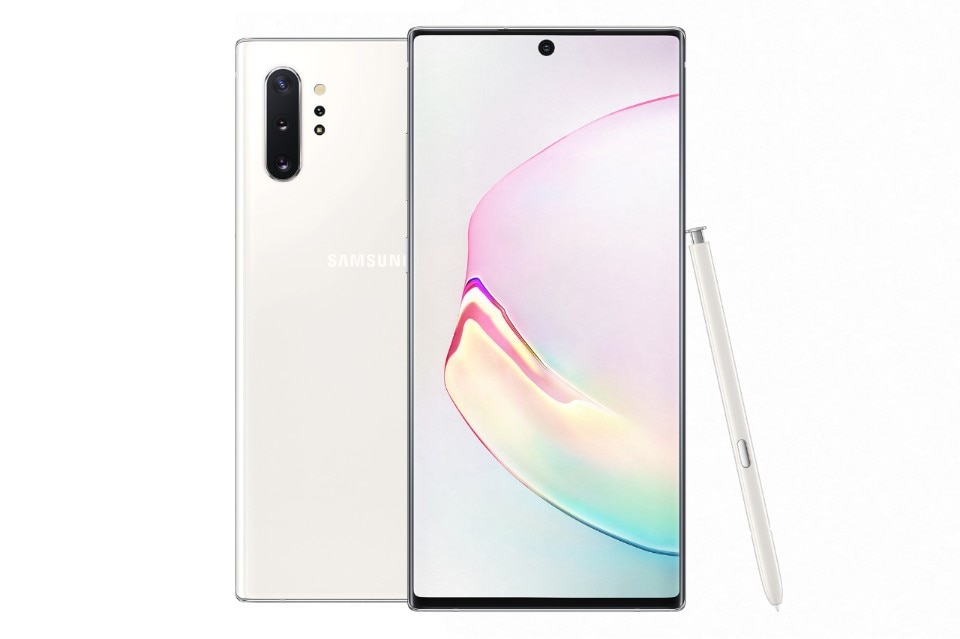
How do you define your art form?
My creative process evolved from an obsession with using pre-existing ideas, forms and messages as readily understood “signs” that I can jump from. I think of my Instagram work as remixes or mashups, but collage works too.
Why did you decide to focus on this particular technique?
I’m obsessed with making images, I instinctively react to images and ideas taken from the digital zeitgeist, usually those images or identities that rise and float above the overwhelming visual clutter of our age: people or brands or notions that have become universal “signs” of something else, something that is broadly, but maybe only unconsciously recognised. I collect well-known art images that have a status as shorthand “signs” due to their instant recognition, and this aligns with the way I look for a fast strike at the eye of a viewer, and especially a screen scroller.
What’s your usual creative workflow?
I have a few different lines of work, so – it depends! But for Instagram, I see an image or person or brand or shape, an idea forms, I make notes, I experiment with making images, and post any that work for me, to see if they also work online, as new digital shared information.
Digital ideas have a sparkliness due to the glamour and intensity of their screens and social aspects, which can turbo-charge the discourse. But the experience of art in the physical world is utterly different, and as physical beings, it will always be the baseline
Did you enjoy working with a smartphone?
Before this project, I used the camera to take pictures and search the internet before of course, but I have never used a smartphone to create, edit and share work from start to finish before. The Note10+ has been a bit of a revelation. I may be an internet and information obsessive, but I have never really been a tech junkie as well. It has always been about the work. So, jumping to this new smartphone was a whole lot of unexpected fun, for instance, the S Pen gives me the ability to edit, draw, and take pictures remotely – amazing!
How important is Instagram for the contemporary art scene? Instagram is a tool that might be new and attention-grabbing, but it sits alongside other ways of expressing and sharing ideas. Digital ideas have a sparkliness due to the glamour and intensity of their screens and social aspects, which can turbo-charge the discourse. But the experience of art in the physical world is utterly different, and as physical beings, it will always be the baseline. Illuminosity, materiality and metallic effects are all things screens cannot directly replicate, which underlines a sense that really, the medium is the message.


